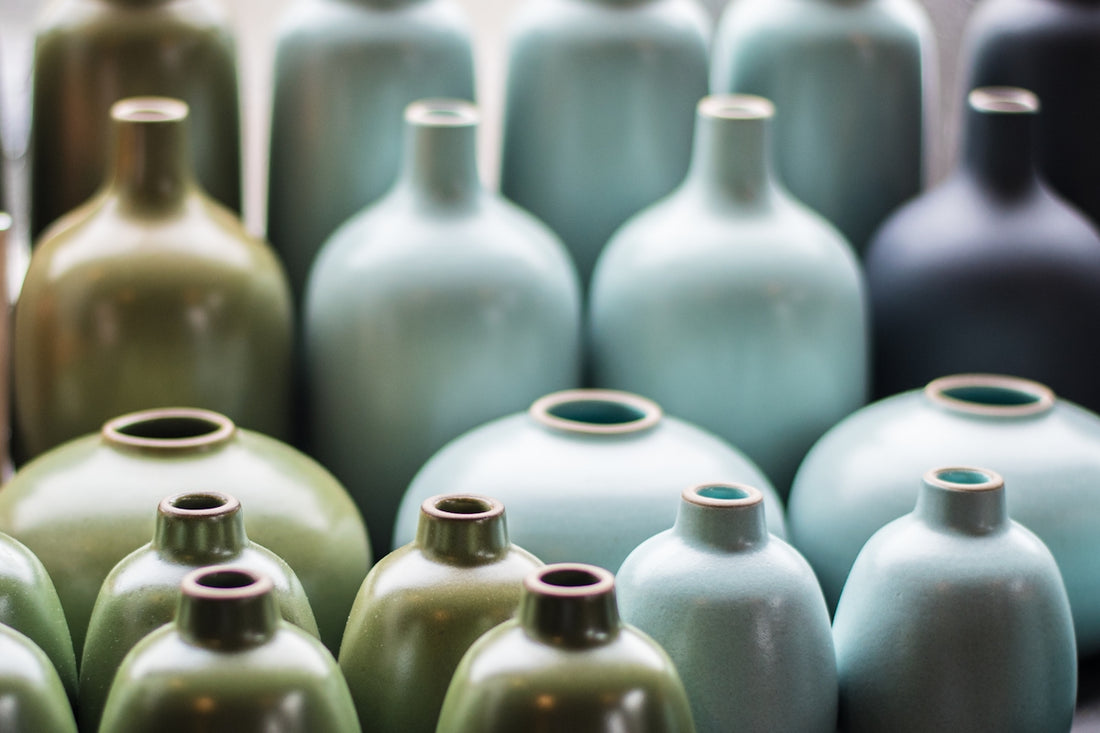
Key Differences Between Ceramics and Other Sculpting Methods
Share
Ceramics and sculpture are two distinct art forms that often overlap in intriguing ways. While both involve the creation of three-dimensional art, the materials and techniques used can vary greatly. In this blog post, we’ll dive into some of the key differences between ceramics and other common sculpting methods, providing insights for art enthusiasts and aspiring sculptors alike.
Ceramics: The Art of Shaping Clay
One of the most traditional and beloved forms of sculpture is ceramics. Ceramics involves using clay, which is shaped, dried, and fired to create a finished piece. This art form is deeply rooted in history and culture and has been practiced for thousands of years across various civilizations.
Techniques in Ceramics
Ceramic artists employ several techniques to create their pieces. Here are a few:
- Hand-building: This technique involves shaping clay by hand using simple tools. It's a versatile method ideal for creating unique, one-of-a-kind pieces. Explore our Hand-Built Pottery collection for examples of this craftsmanship.
- Wheel Throwing: This process involves shaping clay on a potter’s wheel. It's a skill that requires practice but allows for the creation of symmetrical forms like bowls and vases. Discover more in our Wheel Thrown collection.
- Slip-Casting: Often used for producing multiples of the same item, slip-casting involves pouring liquid clay into molds. This method is great for creating consistent shapes and intricate details. Check out our Slip-Cast Ceramics collection.
Featured Ceramic Pieces
At EWF Studios, we celebrate the beauty and versatility of ceramics. Some of our standout products include the Spring Garden Tea Mug with Lid, which showcases the delicate art of ceramic detailing. For those who appreciate playful designs, the Lip Smacking Ice Cream Bowl is a charming addition to any collection.
Contrasting with Other Sculpting Methods
While ceramics often utilize clay as the primary medium, other sculpting methods might use stone, metal, wood, and even synthetic materials like plastic or resin. Here’s how they differ:
- Stone Carving: This ancient technique involves removing material from a block of stone to reveal a desired form. It’s a labor-intensive process that demands precision and skill.
- Metal Sculpting: Often used in modern and contemporary sculpture, metal sculpting manipulates materials like bronze, steel, or aluminum. Artists might weld, cast, or assemble parts to create a cohesive structure.
- Wood Carving: Using tools to cut and shape wood, this method is valued for its organic warmth and intricacy. Wood offers a range of textures and colors that can enhance the final piece.
Final Thoughts
Understanding the differences between ceramics and other sculpting methods enriches our appreciation of each medium's unique contributions to the world of art. Whether you're drawn to the tactile nature of clay or the enduring strength of stone, there’s a sculpting method to suit every artistic vision.
Embrace your creative side and explore the diverse offerings at EWF Studios. Whether you’re looking to create or curate, there’s a world of artistic possibility awaiting you.

